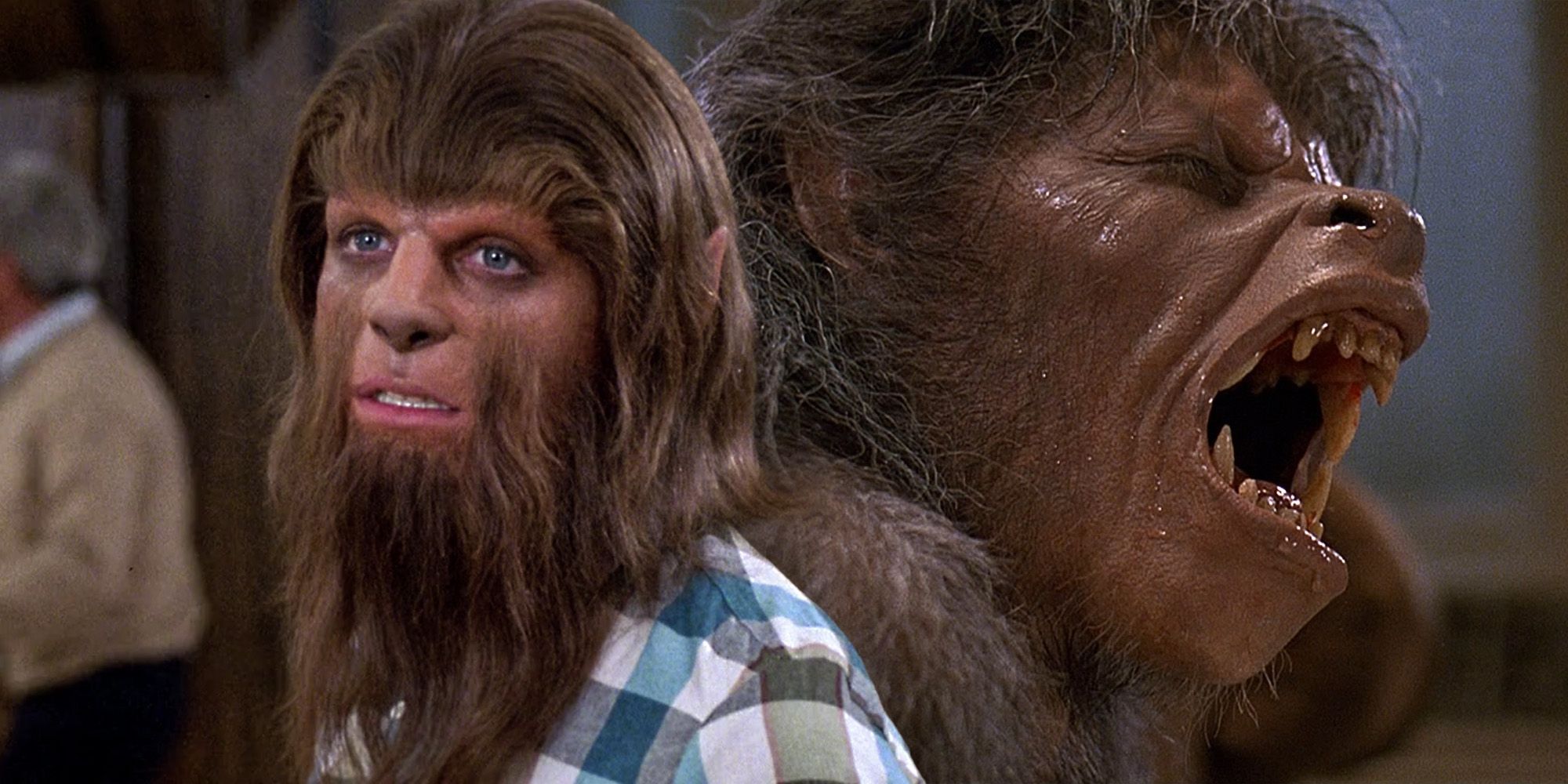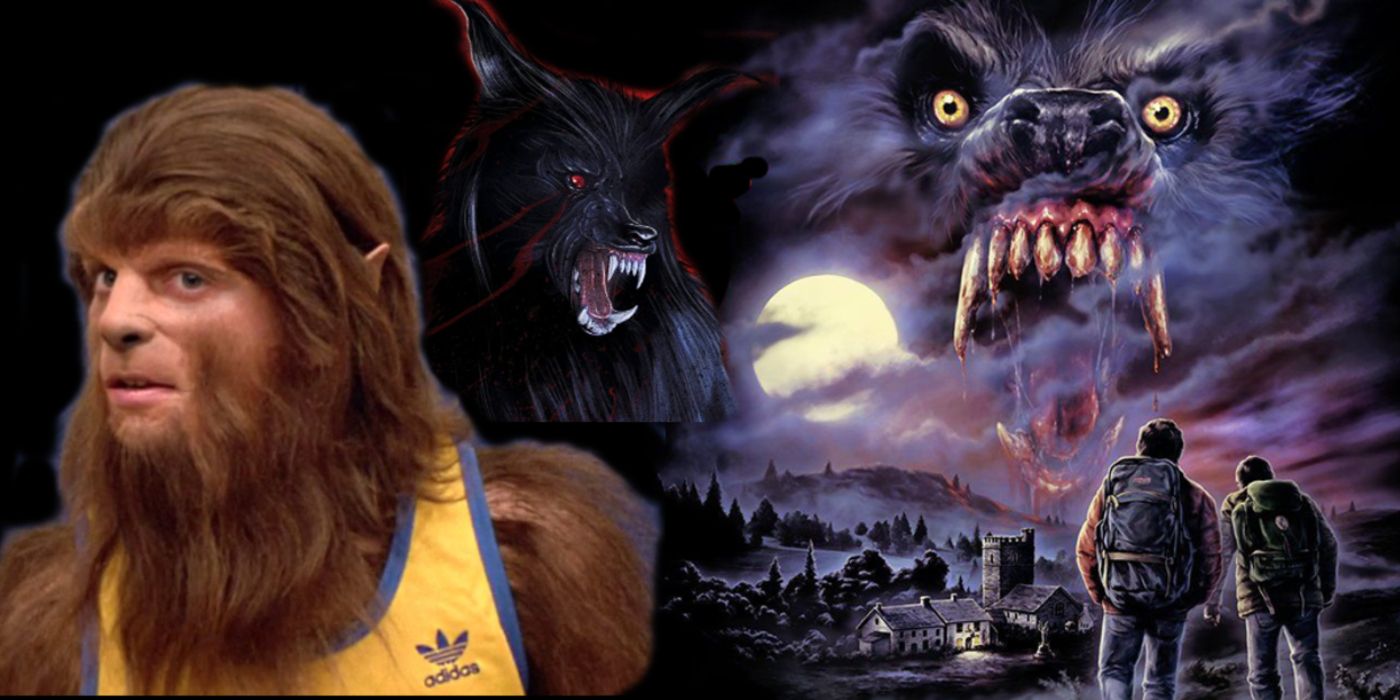Werewolf movies have ebbed and flowed throughout the history of Hollywood, terrifying audiences in one span of time while becoming a bit of a joke in other periods. No other decade, however, saw as much lycanthrope action as the 1980s, when modern special effects brought a new, cutting-edge wave of werewolf movies that revitalized the monster for a modern demographic more exposed to shifting attitudes about sex and honesty about physical maturity.
In a way, the werewolf renaissance of the '80s was the result of a strange collision of conservative politics and a sexual awakening in American culture. Ronald Reagan was trying to impose traditional values focused on free-market ideals and the nuclear family, but pop culture was exploring its sultrier side. Musical artists like Prince and Madonna moaned on the mic about their sensual experiences, while teen sex comedies and erotic thrillers were breaking taboos all across movie theaters. Horror movies were likewise involved in this cultural shift. Vampires were inherently sexy, slashers were murdering those who dared to engage in pre-marital, carnal activities, and David Cronenberg was delving deep into his psychosexual brand of body horror.
However, werewolves perhaps best represented the decade's changes. The monsters' transformations reflected the morphing attitudes and outlooks of moviegoers. The werewolf renaissance seemed to coincide almost directly with the start of the decade. The year 1981 alone had a whopping four werewolf films, two of which became bona fide classics and set a bold new standard for the rest of the era (and beyond). An American Werewolf in London, directed by John Landis, extensively referenced Universal's classic The Wolf Man, but the film became the new werewolf golden standard. Joe Dante's The Howling, likewise, helped launch the lycanthrope craze of the decade.
Both of these films are exceptionally notable for their groundbreaking practical effects, with Rick Baker's transformation sequence in An American Werewolf in London launching the Best Makeup category at the Academy Awards. They are also emblematic of the potential for storytelling diversity in werewolf movies, inspiring later filmmakers to experiment with the concept. An American Werewolf in London presented a sympathetic werewolf, an ordinary man whose lycanthropy was a curse, very much in line with Lon Chaney's portrayal in The Wolf Man. On the other hand, the werewolves in The Howling were outright evil, eager to exercise their murderous desires.
Beyond their technical achievements, the two classics showed how werewolf movies could speak to an audience at a crossroads of identity, who were exposed to a rising social conservatism at the same time as taboos about sex and, in effect, puberty were breaking down. Lycanthropy acts as a sort of metaphor for the trauma these characters go through, while sexual experiences precede the beastly transformations. In this way, sexual awakening can be seen as a sort of terrifying but inevitable phenomenon, but it's not always doom and gloom. The light-hearted Teen Wolf (1985) is campy '80s fun and shows the protagonist's lycanthropy isn't so much a horrifying disease as it is an awkward inconvenience that turns into a rad superpower.
Not all werewolf movies of the decade were focused on the anxieties of coming-of-age experiences. Wolfen (1981) dealt with cultural identity and class conflict, Silver Bullet (1985) introduced religion into the werewolf curse, and the British The Company of Wolves (1984) takes a female-centered approach to fairy tale myths. Rather, Bildungsroman stories were popular in the '80s in all genre forms, and werewolf movies proved to be a sufficient springboard for telling this type of narrative in the realm of horror. What followed after the seminal works of 1981 was a realization that werewolves were a more relatable face than previously thought, and perhaps these snarling man-beasts could represent something rather human.


